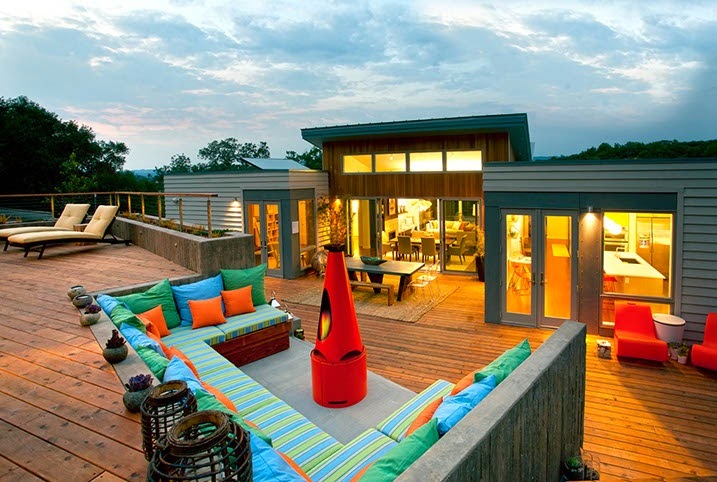Retirement has many clients considering the pros and cons of remodeling their current home. Making your home more easily accessible can mean staying in your home as you age. Increasing accessibility can range from converting your home to single-level living or just improving safety and access features like grab bars and wider doorways and hallways. Most people think of ramps, but when it comes to accessibility, there are so many more options.
The National Association of Homebuilders offers these statistics about remodeling for accessibility, or as they call it “Aging in Place:”
How big is Aging in Place?
• 89% of people 50+ wish to remain in their own homes indefinitely (AARP).
• 75% of remodelers have seen an increase in requests for aging in place work (NAHB).
• 60% of remodelers already perform aging in place work (NAHB).
• Over half of all 55+ households rate their current home a 9 or 10 out of 10 (American Housing Survey).
Below are some cost-effective accessibility renovations that can modify an existing home and make it easier to stay in your current living environment.
• Adjustable sinks and countertops
• Handrails and grab bars in the bathroom, especially in the shower and tub
• Adjusting the height of wall sockets and light switches
• Built in controls for counter appliances, switches, and thermostats
• Wheel-chair access like roll-in showers, door enlargement, hallways expansion, roll-under vanities and sinks
• Automated doors
• Elevated bath tubs
• Open Floor plans
• Single-floor living
• Safety accommodations like non slip tile and anti-scald valves
• Caregiver call systems
• Cabinet modifications like roll-out shelving and accessible cabinet accessories
• Flush floor transition/Low or no-threshold entrances
• Replacing round knobs with lever handles that can be operated with a push
• Converting first floor rooms like dens into bedrooms
• Installing visual fire alarms
• Bright lighting in all areas, especially stairways
• Low maintenance exterior
These photos illustrate how universal design can be incorporated into an attractive, modern home.
Photos courtesy of http://www.nahb.org/news_details.aspx?newsID=10000&fromGSA=1
These issues represent just a sampling of the creative ways to remain in your home by renovating for accessibility. For a more in-depth discussion, check out the website for The National Association of Home Builders. They offer an Aging-In-Place Checklist for Home Remodeling. The checklist is a great reference that can start you thinking about the types of accessibility renovations your home may need.
As with any specialized home renovation, finding the right contractor will ensure that the work is done not only up to accepted standards and codes, but that the living environment will result in more comfort and ease.
References: www.NAHB.com
Monday, January 17, 2011
Subscribe to:
Posts (Atom)





